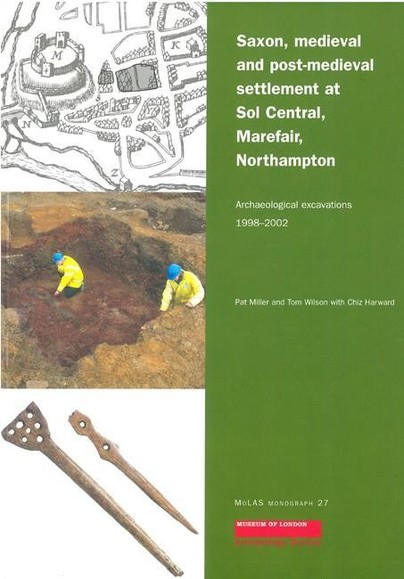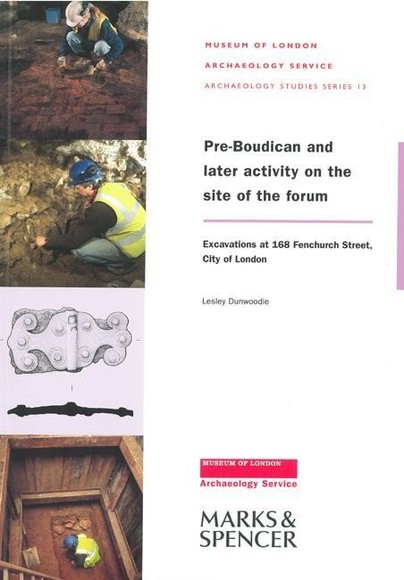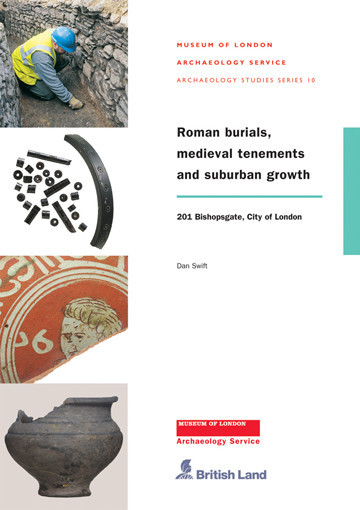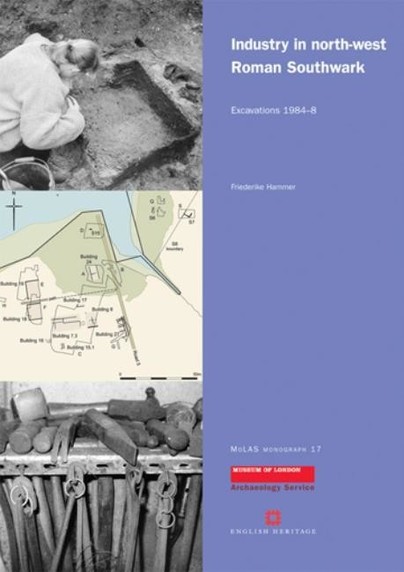

In the last decade MOLA published over 90 academic and popular books and manuals, and has developed processes to ensure the highest standards. Publications include both English Heritage- and developer-funded work but have been joined by significant work for other clients, who are using MOLA as a publishing outlet for their own work.
MOLA's Monograph and Studies Series have in general developed a common structure: an introduction; a chronological narrative describing the site sequence interwoven with the specialists’ evidence; thematic chapters; conclusions; and appendices with supporting data which cater for the specialist reader; these data are supplemented by CD-ROMs and online resources. The integrated approach requires a high level of collaboration and dialogue among the project team, and a focus on strong research aims within regional and national research frameworks and strategies. The research aims are set out before fieldwork begins and are revised at the assessment stage. This approach is underpinned and facilitated by their in-house team, supplemented by experts based in academic institutions. It also requires high levels of IT expertise in their developing relational database and geographic information system (GIS). Quality assurance is essential, supported by MOLA's in-house Managing Editor. Finally the graphics and photography teams ensure high-quality illustrations and products that convey information with maximum clarity. The success of the integrated approach and the quality of the publications is conveyed in many positive reviews written by peers in archaeological journals and news items. As well as the many books MOLA also submit numerous articles to local, regional and national peer-reviewed journals. These papers are just as important to the publisher and their clients, and deliver the results of archaeological work to the target audience as required by both client and curator.In the last decade MOLA published over 90 academic and popular books and manuals, and has developed processes to ensure the highest standards. Publications include both English Heritage- and developer-funded work but have been joined by significant work for other clients, who are using MOLA as a publishing outlet for their own work.















